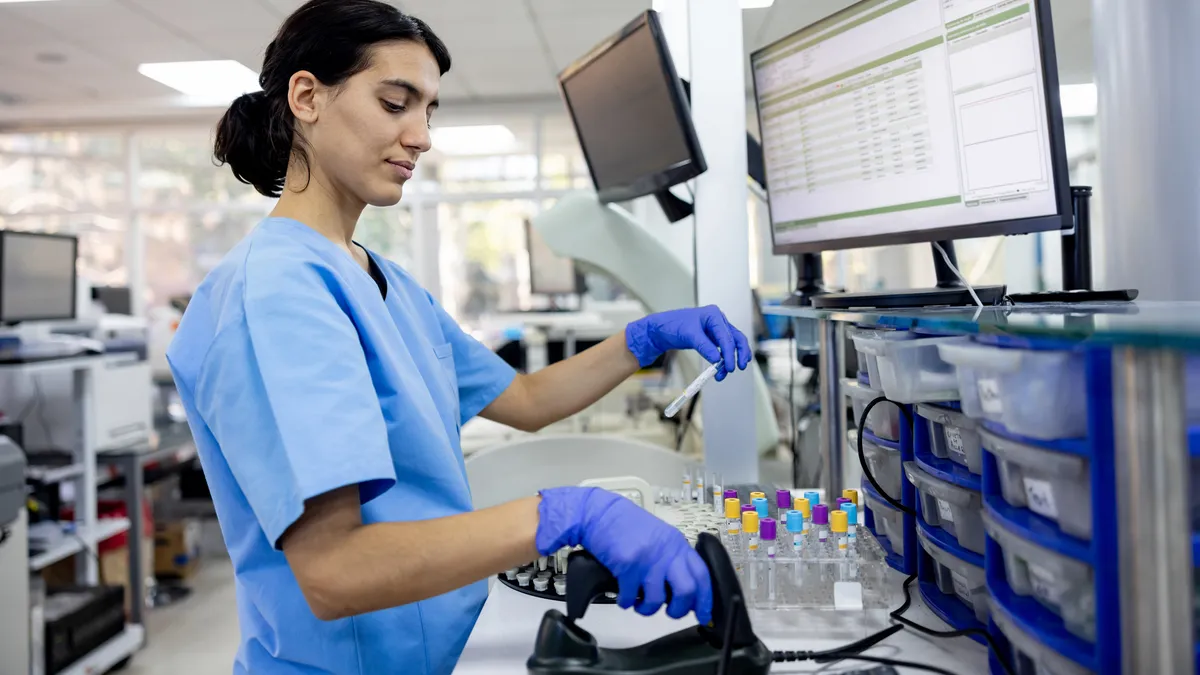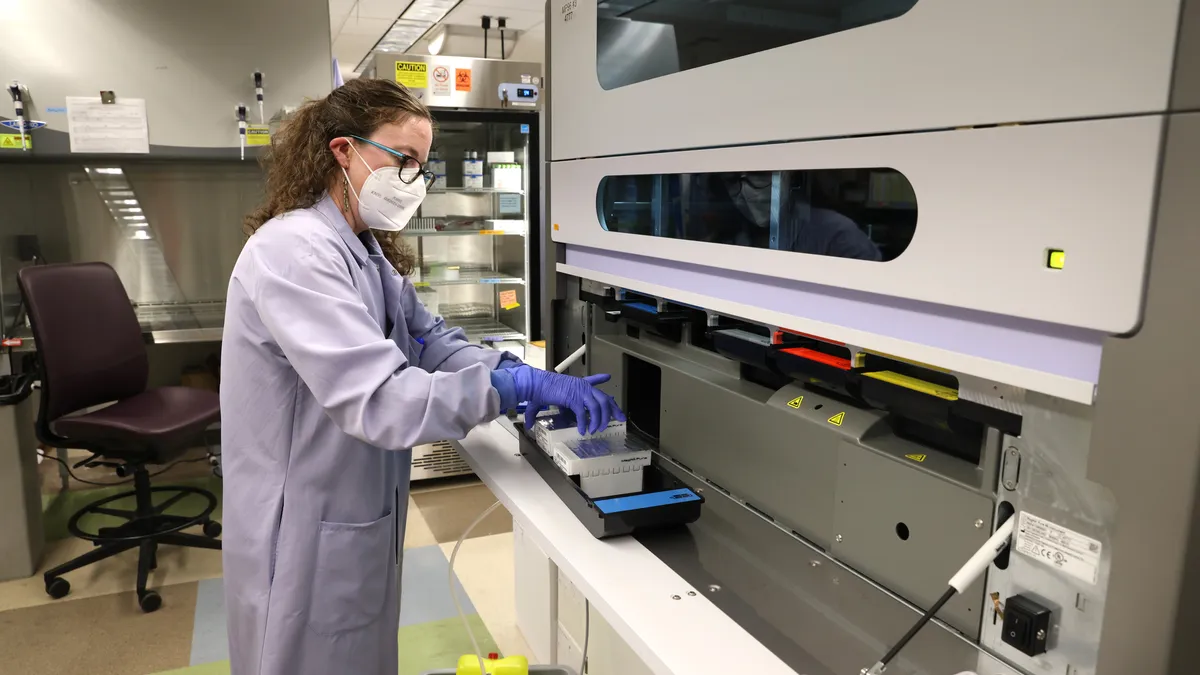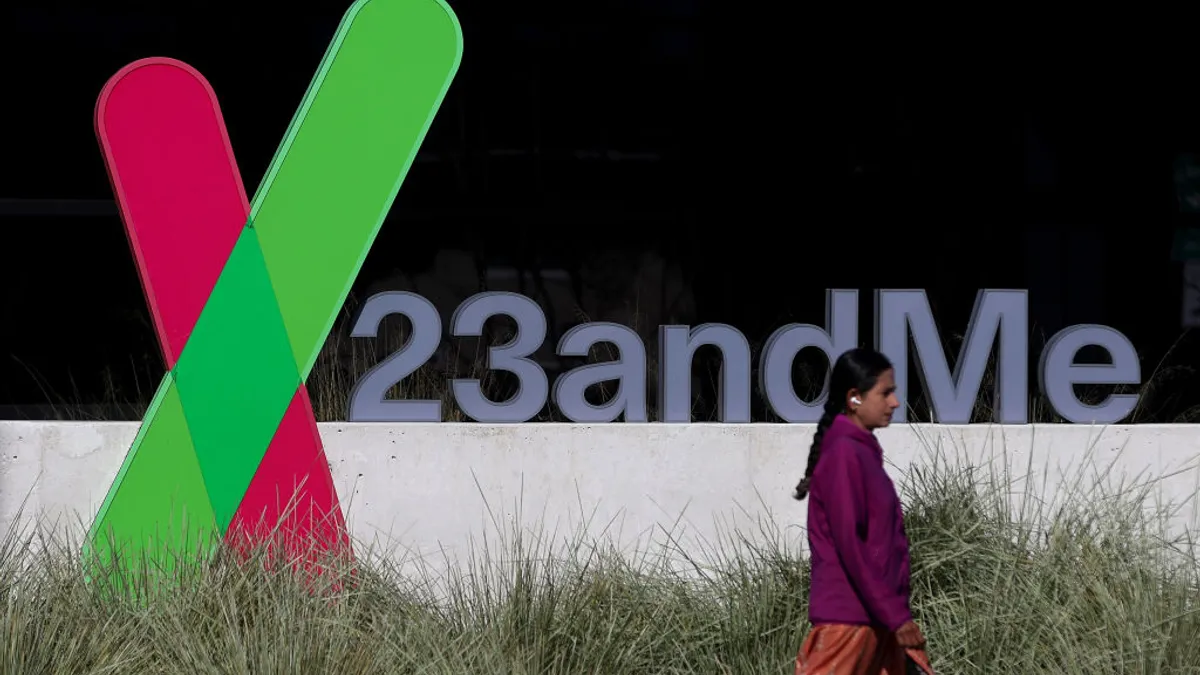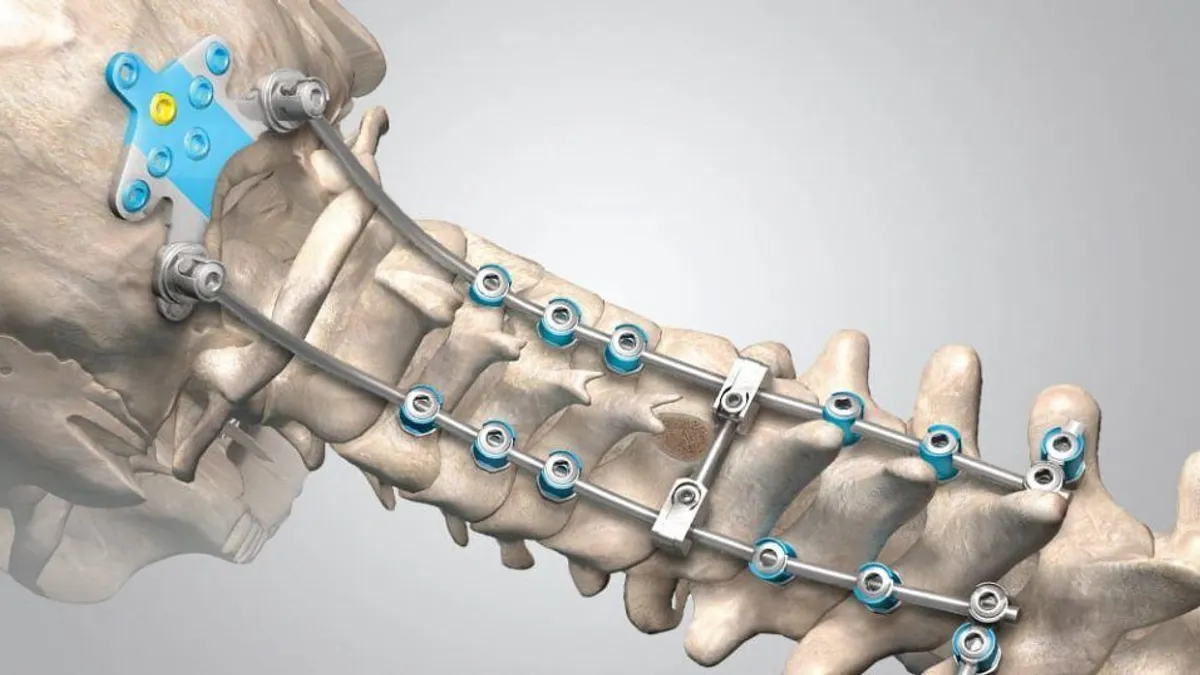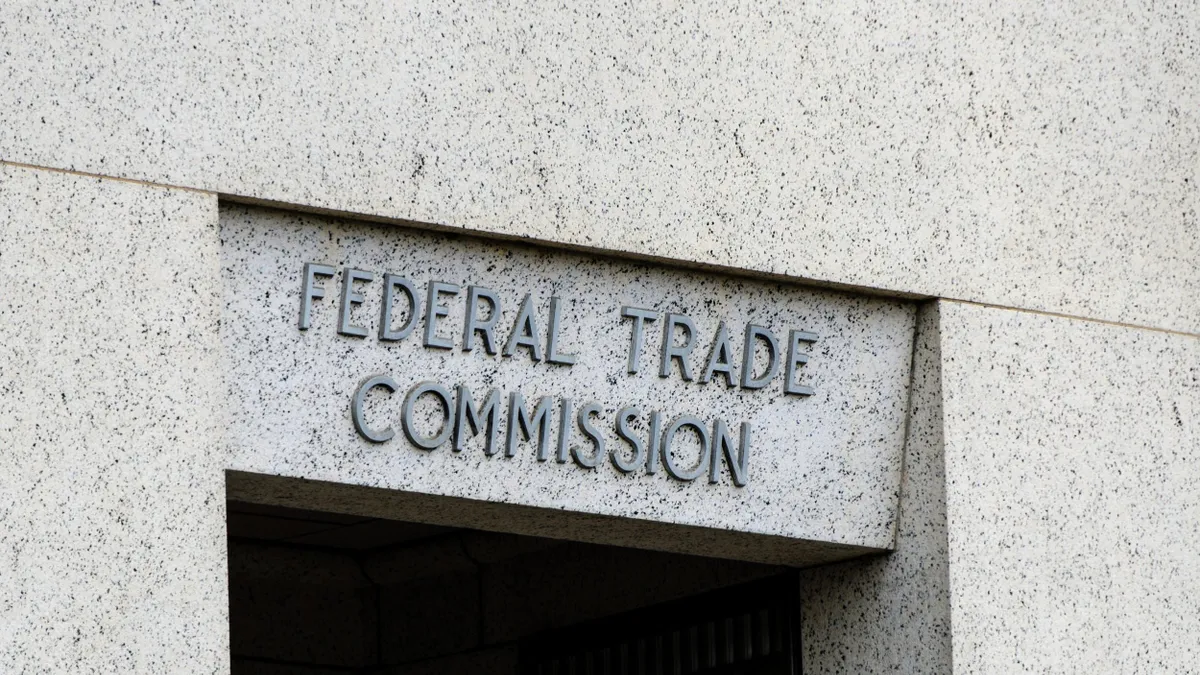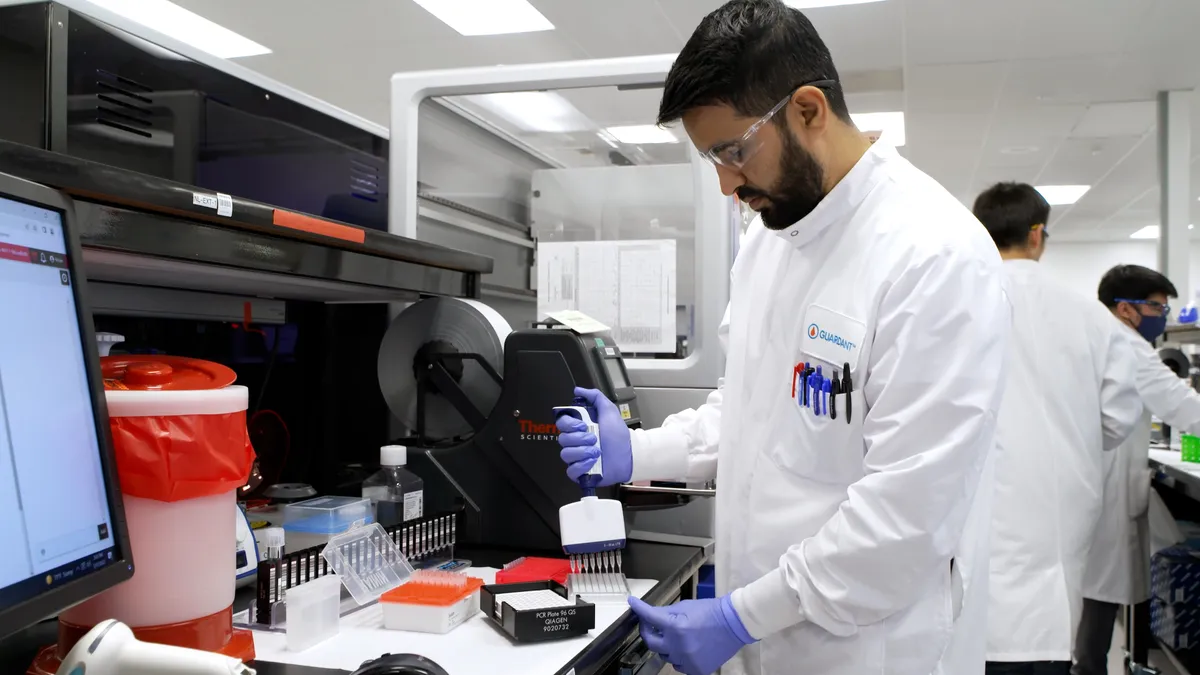When the EU Council this week granted notified bodies in Europe more time to process a backlog of recertification requests under the legal overhaul known as the Medical Device Regulation, relief – and questions about compliance requirements – followed. Noting that more than 500,000 certifications must be completed, trade group MedTech Europe said the added time – with deadlines pushed out to 2027 and 2028 – will accelerate efforts to bring new devices in the pipeline to patients. But the group cautioned that clear pathways are still needed to prevent orphan and niche devices from “disappearing” from the market.
U.S. trade group AdvaMed said more clarity is needed on processes for submitting applications to notified bodies and demonstrating certificate extensions, but welcomed the extended timeline.
Life sciences attorney Erik Vollebregt, a founding partner of Axon Lawyers in Amsterdam who has been navigating the MDR’s complexities for more than a decade, spoke with MedTech Dive about what happens next.
This interview has been edited for ease of reading.
MEDTECH DIVE: Is this the final step in extending the transition period for notified bodies to recertify devices under the MDR?
VOLLEBREGT: The amendment has now reached the end of the legislative process and will enter into force as initially proposed by the Commission. This will likely happen mid-March, when the amendment is published in the L edition of the Official Journal. Only when the amendment has been published does it enter into force.
Just before that time, the Commission is set to publish a Q&A document on March 13 that will address a number of the points of interpretation that are still open, such as what constitutes a 'substitute device' and whether invalidity of a previously extended certificate because the manufacturer does not manage to file an MDR application by May 26, 2024 means that the invalidity has retrospective effect. Also, it is as yet unclear how a manufacturer will be able to prove to third parties like foreign authorities that an expired legacy device certificate has in fact been extended.
How will the additional time to implement the MDR affect companies?
VOLLEBREGT: We will also see what unintended effects the proposal has. For example, as a result of the removal of the sell-off period, it is possible that certain legacy devices may be sold off for decades. These will be hard to still recognize as compliant devices at some point. In addition, since notified bodies will have more than four years in a lot of cases to complete conformity assessment. It will be interesting how they will prioritize the processing of all the applications that they receive just before May 26, 2024. It may mean that some manufacturers could theoretically be waiting for their MDR CE mark for over four years.
Does the extension give notified bodies enough time to complete their work?
VOLLEBREGT: Whether the proposal does what it is intended to do will also crucially depend on the MDCG (Medical Device Coordination Group) and member states’ roll-out of the 19-point plan in MDCG 2022-14 that is intended to free up capacity at notified (bodies) and stimulate faster processing of applications. I am not hopeful on this. The first reaction of the Dutch minister of health to adoption of the amendment was that manufacturers should now ensure that their devices are MDR-certified as quickly as possible. This completely misses the point of how the proposal works, because once the manufacturer has made his application before May 26, 2024, it is up to the notified body to process the application as quickly as possible. This is where the authorities come in, but given this reaction, the authorities (at least the ones in the Netherlands) apparently do not see themselves to be part of the solution, which is disappointing.
[A spokesperson for Dutch Health Minister Ernst Kuipers responded in an email to MedTech Dive: The Minister of Health of the Netherlands is of the opinion that a smooth transition to the MDR/IVDR can only be achieved when all parties take their responsibility. By supporting and actively contributing to the creation of the MDCG 2022-14 and the amendment of the transitional provisions, the Minister has shown that he is aware of the importance of the efforts of authorities and notified bodies in this process. With that, the Dutch authorities are actively monitoring the implementation of the MDR/IVDR and are in close contact with all relevant stakeholders.]
What comes next?
VOLLEBREGT: The Commission is in the process of collecting information from stakeholders and experts about the functioning of the MDR, and the EMA (European Medicines Agency) is slowly but surely scooping up more and more regulatory functions under the MDR and IVDR. If this amendment does not fully live up to expectations, I predict that a pretty radical revision of the EU medical devices approval system may be in the stars in the midterm future.
[The] next things to watch for are the rollout of guidance from the Commission and the MDCG and the notified body administrative annexes to expired certificates to be able to prove that they are nevertheless valid. Also we will need to see how the MDCG and the member states will be part of the solution in rolling out the 19-point plan in the MDCG 2022-14 position paper to free up capacity of notified bodies and allow them to function more efficiently.







